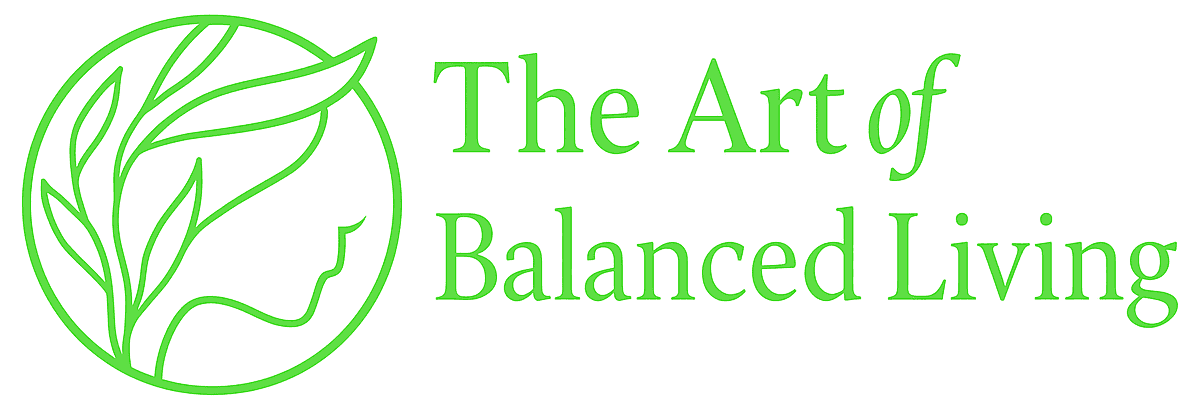Why busy professionals need Digital Detox
In today’s fast-paced world, individuals are overwhelmed by an endless stream of emails, notifications, and virtual meetings.
The average office worker stares at a screen for more than seven hours a day. Such behaviour causes digital fatigue, a mental state of exhaustion linked to burnout, eye strain, and less inspiration.
The American Psychological Association has found that 62% of workers feel stressed by being connected all the time, which makes it difficult to tell the difference between work and personal life.
Busy professionals require a digital detox to enhance their productivity and relaxation.
It’s no longer a choice but a necessity to take a digital detox, or a break from computers. It resets your brain, helps you sleep better, and makes you emotionally stronger again.
Busy people can take back control of their time and mental health by making deliberate use of technology a priority.
Digital tiredness is bad for your mental and physical health.
Disconnecting from technology lowers stress and boosts imagination.
Short detoxes can help right away.
Balance tech to keep from getting burnt out.
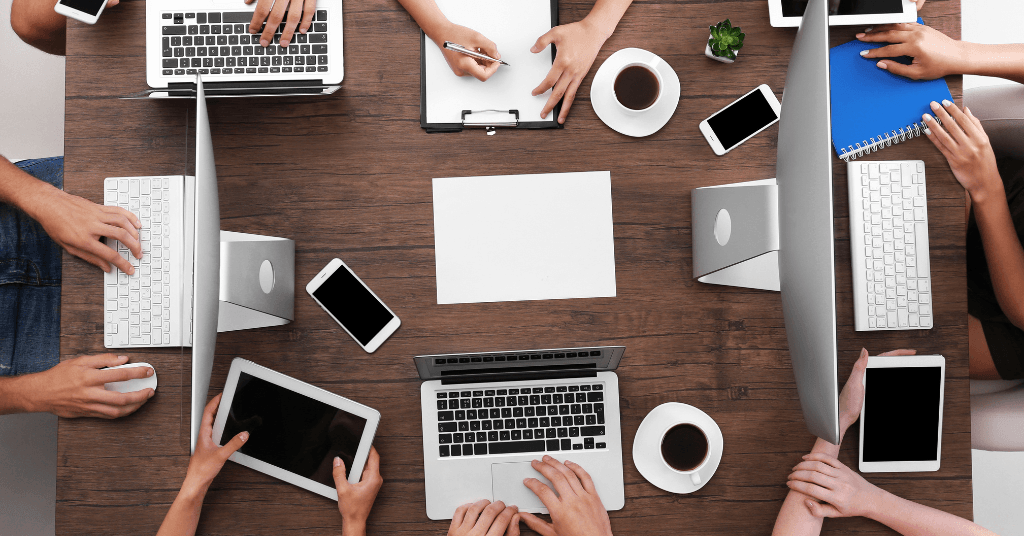
Aware of the hidden costs of always being connected
Technology makes things more efficient, but too much of it has hidden costs. Professionals often think that multitasking makes them more productive.
Constantly checking emails breaks focus, and scrolling through social media takes over dopamine circuits, which leads to addictive behaviours.
The Vision Council refers to “tech neck” (neck pain caused by poor posture) and digital eye strain as physical problems affecting 65% of desk workers. Even worse, blue light from computers stops the production of melatonin, which can cause insomnia.
If you give up sleep, family time, or hobbies to spend time in front of a computer, that’s a negative sign. Start keeping track of your habits. These days, most apps have screen time tracking built in that will show you where your hours go.
How to Tell If You’re Too Connected:
You may find it difficult to concentrate on a single task at a time.
Chronic tiredness persists even when you get enough sleep.
Irritability when not connected to gadgets.
You’re neglecting your real-life hobbies and relationships.
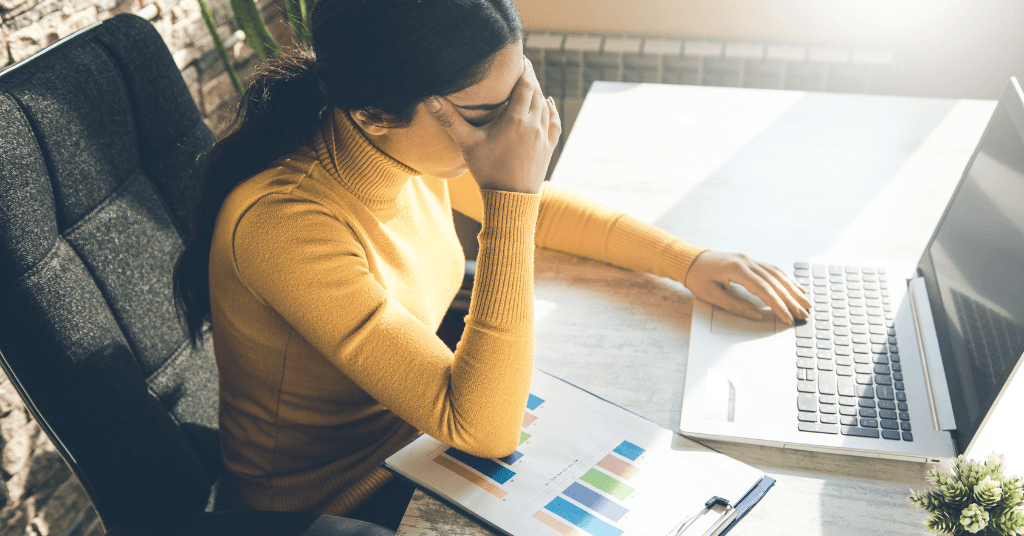
Putting together your digital detox plan
You don’t have to make significant changes to start a digital detox. Start with small steps that you can keep up and that fit into your daily pattern.
To help you be more aware, set aside places like your bedroom or dining table where you won’t use your phone. If you would rather not scroll through your phone before bed, get a regular alarm clock instead. Apps can help you block websites that aren’t useful at work.
The Pomodoro Technique, which involves working hard for 25 minutes and then taking a 5-minute break, can combat mental tiredness.
During breaks, move, drink water, or do deep breathing exercises.
Slowly extend your detox times. For example, set aside Sunday mornings to do things like hiking or writing in a journal without any screens. Set standards with your coworkers by setting limits, such as “No emails after 7 PM.”
Steps You Can Take to Begin:
Get rid of apps you don’t use to cut down on distractions.
Set aside time every day to not talk on the phone, like during meals.
Do you spend your evenings watching TV? Read a book or work on a craft instead.
Auto-responders can help you handle email standards.
Spending long hours on screens can strain your eyes. A simple fix is using blue-light blocking glasses. For example, the Lenskart BLU Zero Power Glasses are lightweight, anti-glare, and designed to cut harmful rays—perfect for both work and gaming.
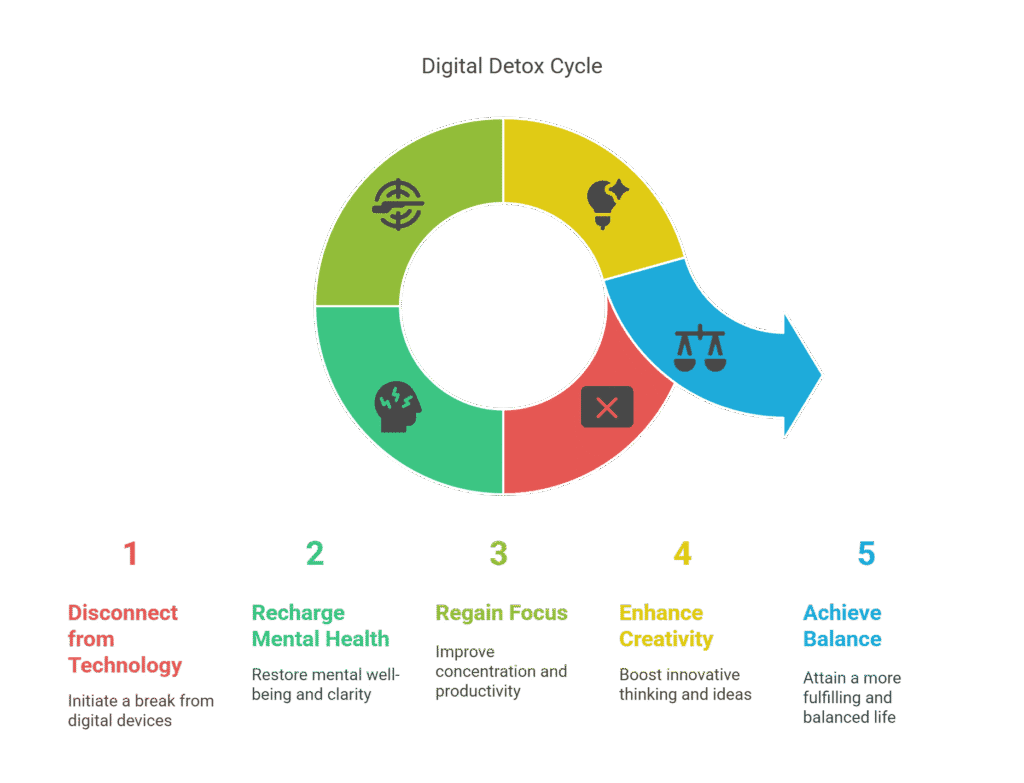
Making digital health habits that will last
When you’re consistent, detoxes go from being short-term fixes to changes in your lifestyle. Make a detox plan with rules that you can’t break, like “No screens an hour before bed” or “No social media on Saturdays.” Games like Forest make it fun to focus by growing virtual trees when you put down your phone.
RescueTime tracks your work habits to show you where you’re not being as productive as you could be.
Strategies for sustainability:
Only use your work phone for important calls.
Plan “offline retreats” every three months to recover.
Use walking talks instead of video calls.
Mark important events, like going a week without using social media.
Using technology to help with your detox
Interestingly, technology can assist you in managing your diet. Many apps like Focus@Will use music backed by neuroscience to help you focus,
which makes you less likely to want to do more than one thing at once. Turn on greyscale mode on your phone to make apps less captivating to look at. The Centre for Humane Technology has tools to fight design that is too addicting, like guides for mindful alerts.
Screen Time Parental Control and other apps like it help families set limits on their kids’ gadget use, which is beneficial for everyone’s digital health. To balance screen time with real-world tasks, do these things like gardening, drawing, or board games.
Tech Tools You Should Check Out:
Flipd: Locks your phone while you’re focusing.
It keeps track of your activity and sets daily limits.
Noisli makes background noise to help you get work done.
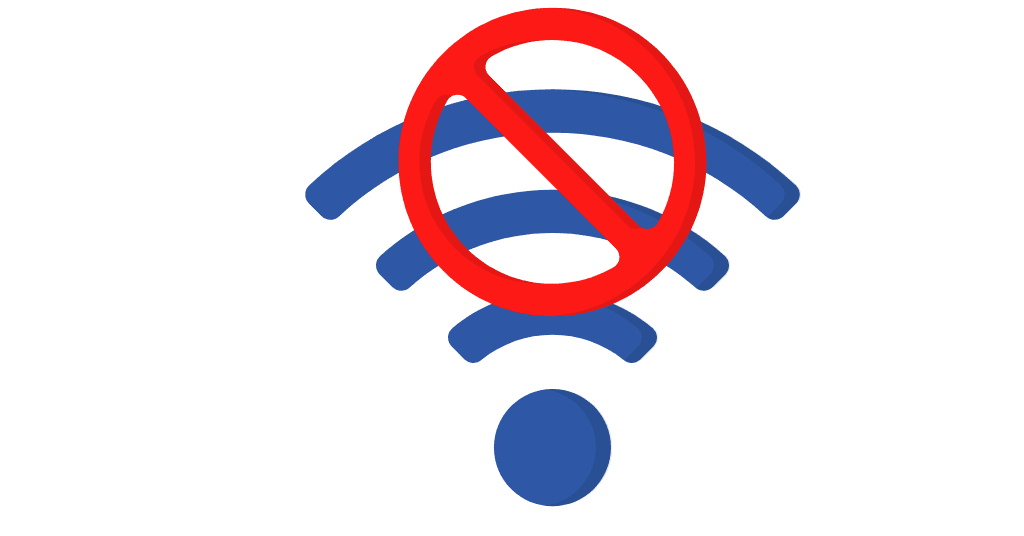
Show Success Stories from Real Life: How They start
Use examples from real life to help you. Talk to your friends and office colleagues who practice digital detox about how they reduce their phone and laptop usage outside of work. You can implement strategies such as avoiding your phone in the morning and instead starting your day with yoga.
Within a few weeks, you had a lot more energy and attention. You can try other things, like starting to put your phone in another room during dinners. The practice helped your family get closer and less stressed.
After showing real stories, you can show that even small changes can have big effects. And, “Unplugging gave you back your time and my creativity.”
Important Lessons:
Start with one habit, like not using your phone in the morning.
Get friends or coworkers involved to hold them accountable.
Track your progress to keep yourself going.
How to Solve Common Digital Detox Problems
It’s not always straightforward to detox. Problems like relapses, work problems, and FOMO (fear of missing out) constantly happen. For important work problems, set up a separate way to talk (like a work phone) and let your team know they can’t use it for everything. To fight FOMO, swap out online interactions for hobbies or groups that meet your social needs.
Don’t be hard on yourself if you fall back into old habits. Change your plan. You could shorten the time between detoxes or get help from apps like Space that offer community tasks. Please keep in mind that growth is more important than perfection.
Ways to solve problems:
Auto-responders can help you handle email standards.
Instead of using social media, do artistic things like painting.
Join groups for digital detox to hold yourself accountable.
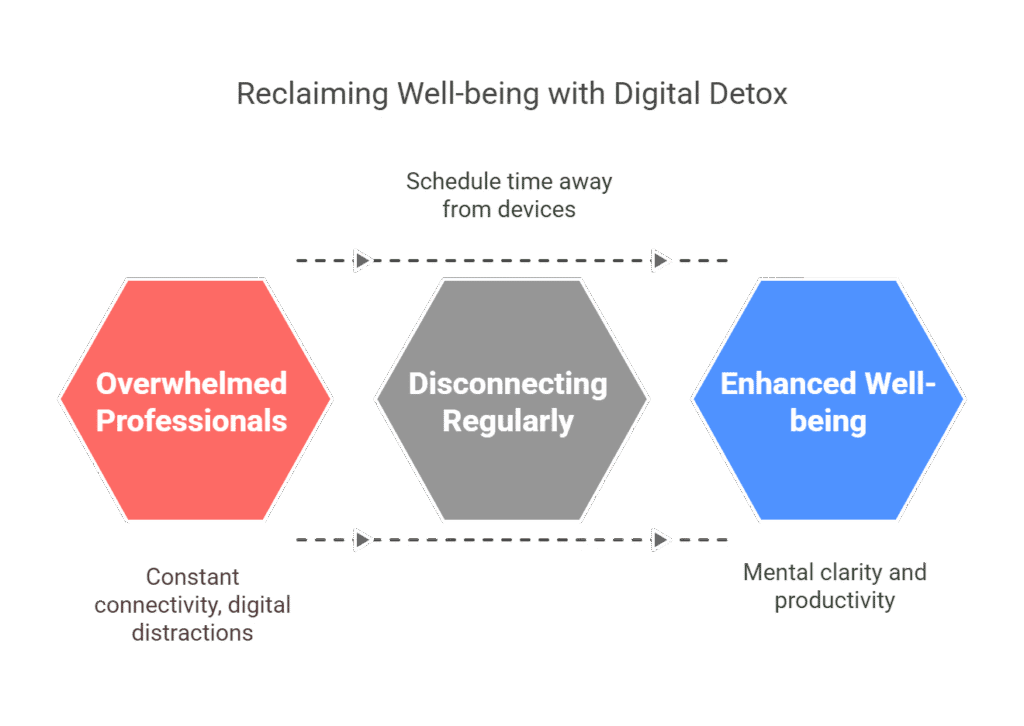
FAQ Sections
Q1: How long should I go without using technology for the first time?
Start with four days or twenty-four hours. Even four to five hours a day can make a difference.
Q2: Can I clean without getting less work done?
Yes! Use tools like Freedom to plan focused work blocks and let your team know when you will be unavailable.
Q3: What if I have to be in front of a screen all the time for work?
Take short breaks, like five minutes off every hour, and wear glasses that block blue light to keep your eyes from getting worn out.
Q4: How do I deal with feeling guilty about turning off my electronics?
Think of shame in terms of self-respect. Long-term, your health and happiness affect how well you do at work.
Q5: Do detoxes help people who work from home?
Of course. Set clear physical limits (like a specific workspace) and strict work hours.
Final Thought
A digital break doesn’t mean giving up technology; it means using it in a smart way to improve your life. Busy professionals can avoid burnout, strengthen their relationships, and reach their full potential by setting limits, using helpful tools, and putting self-care first. Start small, stick with it, and remember that every moment without a screen is a step towards balance.
Download Your Free 7-Day Digital Detox Tracker (PDF)
Want a complete roadmap? Download my Digital Detox Guide for step-by-step strategies to reset your mind and routines.
Disclaimer & Affiliate Disclosure: This content is for informational purposes only and is not a substitute for professional advice. Some links may be affiliate links, which means we may earn a small commission at no extra cost to you.
